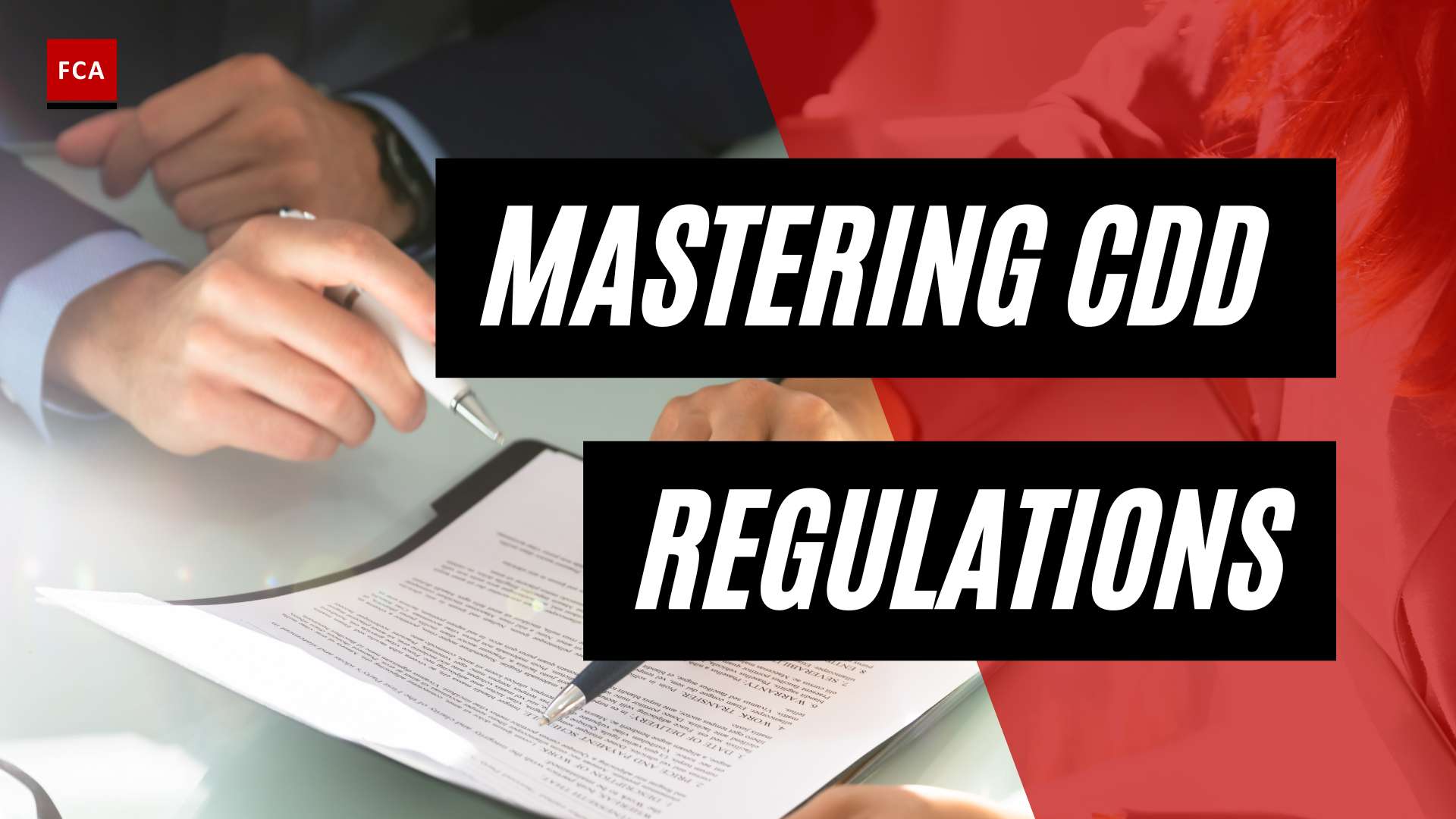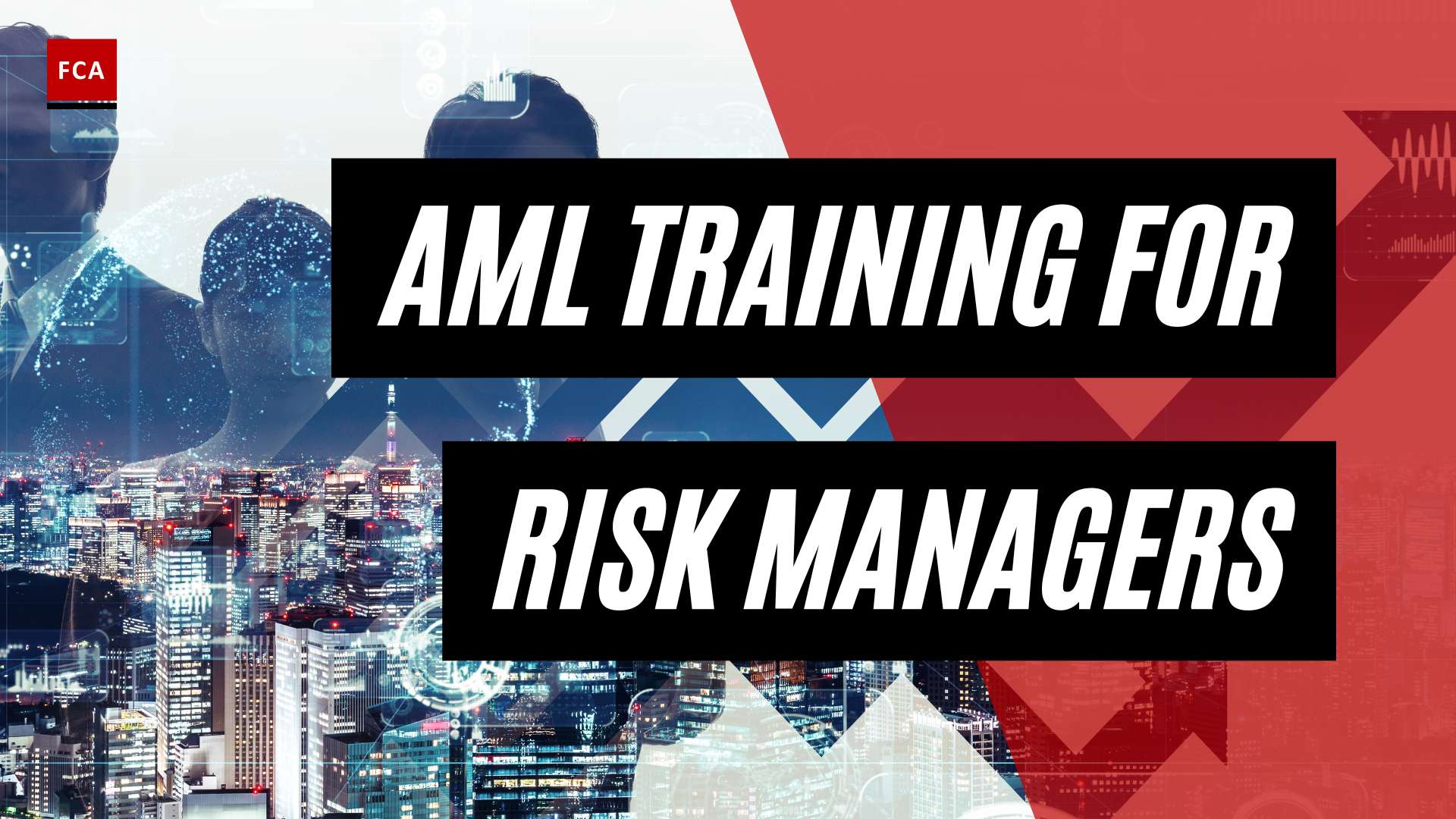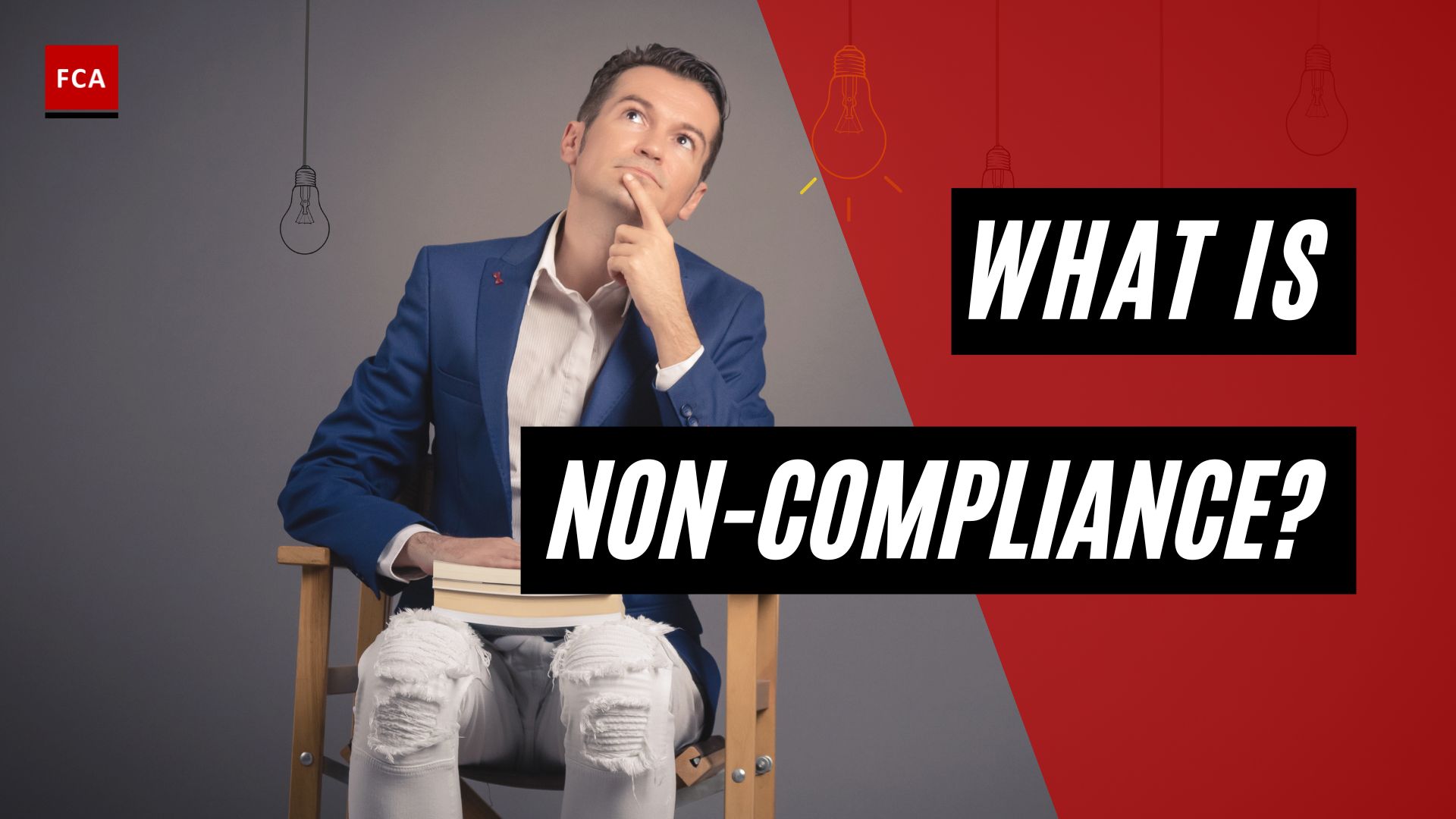Money Laundering through Art and Antiques
Money laundering schemes are not limited to traditional financial institutions. The art and antiques market has become an attractive avenue for money launderers to conceal the origins of illicit funds and integrate them into the legitimate economy. Understanding money laundering in the art market and recognizing the vulnerabilities in the antiques market is crucial in combating this illicit activity.
Understanding Money Laundering in the Art Market
Money laundering through art involves the use of the art market, including both legitimate and underground channels, as a means to legitimize illicit funds (Abrigo). Criminals exploit various methods to launder money, taking advantage of the subjective value of artworks, lack of transparency in private transactions, and the portability and value of art pieces (Investopedia).
Art dealers and criminals may manipulate the inflated prices of artworks, purchasing pieces at prices far higher than their true value. This allows them to legitimize the illicit funds and create a paper trail that obscures the origin of the money (Investopedia). Additionally, private transactions in the art market lack transparency, making it challenging to identify the true buyer or seller and trace the flow of funds.
Vulnerabilities in the Antiques Market
The antiques market also presents vulnerabilities that can be exploited for money laundering purposes. Antiques, due to their age and uniqueness, can be undervalued or overvalued, making them an ideal vehicle for disguising illegal funds as legitimate sales (The Spruce Crafts). The purchase and sale of antiques provide criminals with an opportunity to transfer illicit funds while maintaining a facade of legitimacy.
The high value, anonymity, and lack of paperwork associated with antiques make them attractive options for money launderers. The age and uniqueness of these items can make it challenging to trace the true origin of the funds used in their transactions, providing a cloak of authenticity to criminals.
To combat money laundering through art and antiques, regulatory efforts have been implemented, such as AML/CFT programs, due diligence requirements, and compliance measures. However, the challenges and loopholes in the art market pose ongoing risks that require continuous vigilance and regulatory enhancements (ComplyAdvantage). By addressing these vulnerabilities and strengthening oversight and transparency, the art and antiques market can mitigate the risks associated with money laundering.
Methods of Money Laundering through Art and Antiques
Money laundering through art and antiques involves various methods that exploit the unique characteristics of these valuable assets. Criminals utilize these methods to obscure the origin of funds and legitimize illicit proceeds. The following are common methods employed in money laundering through art and antiques:
Inflated Prices and Subjective Value
Art dealers may launder money through high-value artworks by manipulating prices and relying on the subjective value of art. Pieces are frequently purchased at prices much higher than their true value to legitimize illicit funds. This practice helps create a perception of authenticity and increases the difficulty of tracing the illicit transactions. The inflated prices make it challenging to determine the actual value of the artwork and obscure the origins of the funds.
Private Transactions and Lack of Transparency
The art and antiques market often operates through private transactions, which can facilitate money laundering. The lack of transparency in these transactions hinders the identification of the true buyer or seller. Criminals exploit this anonymity to conduct illicit transactions without leaving a paper trail. The absence of a clear record of ownership and transaction details makes it difficult for authorities to trace the flow of funds and identify potential money laundering activities (Investopedia).
Exploiting the Portability and Value of Artworks
High-value artworks are attractive options for money laundering due to their portability and ability to retain value. Criminals can easily transport artworks across borders, making it challenging for law enforcement agencies to detect and track illicit funds. Furthermore, the value of art can be preserved over time, ensuring that laundered funds are not only hidden but also have the potential for appreciation. This combination of portability and value retention makes art a desirable asset for criminals seeking to conceal the origins of their funds (Investopedia).
To combat money laundering through art and antiques, regulatory efforts have been implemented. These efforts include Anti-Money Laundering/Combating the Financing of Terrorism (AML/CFT) programs, due diligence requirements, and compliance measures. However, challenges and loopholes within the art market persist, necessitating continued vigilance and regulation to address money laundering risks in this sector.
Regulatory Efforts to Combat Money Laundering
To address the issue of money laundering through art and antiques, regulatory bodies and financial institutions have implemented various measures aimed at combating illicit activities in the art market. These efforts include the establishment of Anti-Money Laundering/Countering the Financing of Terrorism (AML/CFT) programs, compliance with Bank Secrecy Act (BSA) regulations, due diligence and reporting requirements, as well as the implementation of provenance checks and compliance measures.
AML/CFT Programs and BSA Compliance
Financial institutions are required to develop and maintain robust AML/CFT programs to detect and prevent money laundering and terrorism financing activities. These programs involve implementing internal controls, conducting risk assessments, and establishing processes for customer due diligence, transaction monitoring, and suspicious activity reporting. By adhering to these programs, financial institutions can identify and report suspicious transactions related to the art and antiques market, contributing to the fight against money laundering.
Compliance with BSA regulations is another critical aspect of combating money laundering in the art market. Financial institutions must meet the reporting and record-keeping requirements outlined by the BSA, which includes filing Currency Transaction Reports (CTRs) and Suspicious Activity Reports (SARs) when necessary. By closely monitoring financial transactions involving art and antiques, institutions can help detect and deter money laundering activities.
Due Diligence and Reporting Requirements
In an effort to increase transparency and accountability, due diligence and reporting requirements play a crucial role in combating money laundering through art and antiques. Art dealers and collectors are expected to conduct thorough due diligence on their clients, verifying the sources of the artworks and ensuring compliance with legal requirements and regulations. This includes documenting the provenance of high-value items and maintaining proper records to demonstrate legitimate ownership and transaction history.
Reporting requirements also play a pivotal role in identifying suspicious activities. Financial institutions, including art market intermediaries such as auction houses and galleries, are obligated to report transactions that meet certain threshold amounts or display indicators of potential money laundering. By promptly reporting such transactions, these institutions contribute to the early detection and prevention of illicit financial activities in the art market.
Provenance Checks and Compliance Measures
Provenance checks, which involve tracing the history and ownership of artworks, are essential in combating money laundering in the art market. By verifying the authenticity and legitimacy of an artwork’s origin, collectors, dealers, and financial institutions can ensure that the artwork has not been associated with illicit activities. Implementing compliance measures, such as conducting background checks on sellers and buyers, verifying provenance documentation, and adhering to industry best practices, can significantly mitigate the risk of money laundering through art and antiques.
By focusing on AML/CFT programs, BSA compliance, due diligence, reporting requirements, and provenance checks, regulatory efforts aim to create a more transparent and accountable art market. These measures contribute to the prevention and detection of money laundering activities, safeguarding the integrity of the art and antiques sector. However, it is important for stakeholders in the industry to remain vigilant and adapt to emerging risks and challenges to ensure continued effectiveness in combating money laundering through art and antiques.
Challenges and Loopholes in the Art Market
While the art market holds great value and cultural significance, it also presents several challenges and loopholes that make it susceptible to money laundering activities. These vulnerabilities highlight the need for increased regulation and oversight. In particular, three key challenges stand out: insufficient regulation and oversight, the exploitation of freeports, and the emergence of money laundering through non-fungible tokens (NFTs).
Insufficient Regulation and Oversight
The lack of comprehensive regulation and oversight in the art market has created an environment conducive to money laundering. This industry operates with relatively minimal scrutiny compared to other financial sectors, making it an attractive avenue for criminals seeking to legitimize illicit funds. The absence of standardized due diligence procedures and reporting requirements allows illicit actors to exploit the market’s opacity and anonymity.
To combat money laundering in the art market, regulators and industry participants recognize the need for enhanced regulation and oversight. Implementing Anti-Money Laundering/Combating the Financing of Terrorism (AML/CFT) programs and adhering to the Bank Secrecy Act (BSA) compliance requirements are crucial steps in mitigating money laundering risks within the sector.
Exploitation of Freeports
Freeports, or secure storage facilities, have become a concern in the art market due to their potential to facilitate money laundering. These facilities allow artworks and antiques to be stored tax-free, creating an environment that obscures ownership and movement of these valuable assets. Criminals can exploit freeports to manipulate the market, obfuscate the origin of funds, and avoid detection.
To address this issue, increased scrutiny and monitoring of freeports are necessary. Strengthening regulations surrounding these facilities, implementing comprehensive record-keeping requirements, and enhancing collaboration between authorities and freeport operators are vital steps in closing this loophole.
Money Laundering through Non-Fungible Tokens (NFTs)
The emergence of non-fungible tokens (NFTs) has introduced new challenges in the art market, including potential vulnerabilities for money laundering. NFTs are unique digital assets that can represent ownership of digital art or other forms of digital content. Criminals may exploit NFTs due to their transferability and subjective pricing, allowing them to obscure the origin of funds and launder money through the purchase and sale of these digital assets.
Addressing money laundering risks associated with NFTs requires proactive measures. Regulators and industry participants must develop frameworks that ensure robust Know Your Customer (KYC) procedures for NFT transactions, establish clear reporting requirements, and enhance the detection and prevention of illicit activities involving NFTs.
To safeguard the integrity of the art market and prevent money laundering, it is crucial to address these challenges and loopholes with comprehensive regulations, increased transparency, and collaboration between regulators, law enforcement agencies, and industry stakeholders. By doing so, the art market can become a more secure and accountable environment, deterring illicit activities and preserving its value as a cultural and artistic domain.
Real-World Cases of Art Money Laundering
The world of art and antiques has not been immune to the dark underbelly of money laundering. Several real-world cases have exposed the use of art as a vehicle for illicit financial activities. Two notable examples include the case of Nathan “Nicky” Isen and recent investigations and prosecutions that have shed light on the extent of money laundering in the art market.
The Case of Nathan “Nicky” Isen
Nathan “Nicky” Isen, an art dealer, made headlines in 2015 when he was charged with money laundering. Isen was caught advising an undercover law enforcement officer on how to launder “drug money” through art transactions. This case highlighted the real-world implications of illicit activities within the art market and the role that art dealers and intermediaries may play in facilitating money laundering schemes. It serves as a stark reminder of the vulnerabilities that exist in the art market and the need for enhanced due diligence and oversight to combat such illicit activities (ComplyAdvantage).
Recent Investigations and Prosecutions
In recent years, investigations and prosecutions have brought to light the extent of money laundering in the art market. These cases have highlighted the challenges faced by law enforcement agencies in tracing ownership and uncovering hidden transactions in the often opaque art market.
For example, a 2020 investigation by the U.S. Department of Justice focused on a New York art dealer accused of using antiques to launder money for a Chinese billionaire. This case exposed the lack of transparency and difficulties in tracing ownership, underscoring the need for increased monitoring and transparency within the antiques market (Tribune).
These real-world cases serve as a wake-up call for the art and antiques industry, highlighting the urgent need for stricter regulation, enhanced due diligence, and increased transparency to prevent the exploitation of the market for money laundering purposes. By learning from these cases and implementing stronger anti-money laundering measures, stakeholders in the art and antiques market can work towards safeguarding the integrity of the industry and protecting it from criminal activities.
Addressing Money Laundering Risks in the Antiques Market
To combat the risks of money laundering through antiques, it is crucial to implement measures that promote due diligence, compliance with legal requirements and regulations, and strengthen oversight and transparency within the industry.
Due Diligence and Verification of Sources
One of the key steps in addressing money laundering risks in the antiques market is conducting thorough due diligence and verification of sources. Antique dealers and collectors should strive to ensure the legitimacy of the items they acquire or sell. This includes researching and documenting the provenance, history, and ownership of the antiques to establish their authenticity and legal acquisition.
By implementing due diligence processes, such as conducting background checks on sellers and confirming the chain of custody, the antiques market can reduce the risk of unwittingly participating in money laundering schemes. Additionally, engaging the services of independent experts and appraisers can provide added assurance regarding the value and authenticity of the antiques.
Compliance with Legal Requirements and Regulations
Compliance with legal requirements and regulations is essential in addressing money laundering risks in the antiques market. Governments and regulatory bodies have introduced measures to regulate the sale and purchase of antiques, aiming to prevent illicit funds from being laundered through these transactions.
Antique dealers and collectors should familiarize themselves with these regulations and ensure strict adherence. This may involve reporting transactions over a certain threshold, conducting customer due diligence, and keeping records of transactions and customer information as prescribed by local laws and regulations. By complying with these requirements, the antiques market can contribute to the prevention of money laundering activities.
Strengthening Oversight and Transparency
To address the vulnerabilities in the antiques market, it is essential to strengthen oversight and transparency. This can be achieved through increased cooperation between industry participants, regulators, and law enforcement agencies. Sharing information and intelligence about suspicious transactions or individuals involved in the trade of illicit antiques can help detect and prevent money laundering activities.
Furthermore, promoting transparency in transactions can act as a deterrent to money launderers. Encouraging the use of secure and traceable payment methods, such as electronic transfers, can enhance transparency and reduce the anonymity that cash transactions often provide. Embracing technology solutions, such as blockchain, can also help establish a reliable and transparent record of ownership and provenance.
By implementing these measures, the antiques market can contribute to the overall fight against money laundering and illicit financial activities. It is imperative for all stakeholders, including antique dealers, collectors, regulators, and law enforcement agencies, to work together to ensure the integrity and legitimacy of transactions within the market.
The Role of Financial Action Task Force (FATF)
In the global efforts to combat money laundering, the Financial Action Task Force (FATF) plays a crucial role as an inter-governmental agency focusing on Anti-Money Laundering (AML), Combatting the Financing of Terrorism (CFT), and countering the financing of weapons of mass destruction. The FATF sets global standards and assesses countries’ compliance with AML/CFT obligations.
FATF Guidance on Art and Antiquities Market
Recognizing the vulnerabilities and risks associated with money laundering in the art and antiquities market, the FATF released a report in February 2023. This report highlights the financial crime risks in the art and antiquities market and outlines good practices to address these challenges. By providing guidance on risk assessments, due diligence, and reporting obligations, the FATF aims to strengthen AML/CFT measures within the art market (White & Case).
The FATF report emphasizes the importance of implementing risk-based approaches to identify and mitigate money laundering risks specific to the art and antiquities market. It encourages countries to develop comprehensive regulatory frameworks that cover all participants involved in art transactions, including dealers, auction houses, galleries, and intermediaries. The report also emphasizes the need for enhanced cooperation and information sharing among relevant stakeholders in the fight against money laundering in the art market.
Consequences of Non-Compliance with FATF Recommendations
Countries failing to comply with FATF Recommendations risk being placed on the “grey list.” This designation leads to increased monitoring, commercial restrictions, and potential reputational damage, affecting cross-border businesses and the country’s ability to trade internationally. Therefore, it is crucial for countries to align their AML/CFT regulations with FATF standards and continuously enhance their efforts to combat money laundering in the art and antiquities market.
In addition to the FATF, individual countries and regions have also taken steps to address money laundering risks in the art market. The European Union’s Fifth Anti-Money Laundering Directive (5AMLD) and Sixth Anti-Money Laundering Directive (6AMLD) expanded AML/CFT requirements for art businesses within EU member states. The United Kingdom has also adopted AML Directives related to the art market following its departure from the EU. Similarly, the Anti-Money Laundering Act of 2020 (AMLA 2020) in the United States brought antiquities dealers under the same AML regulatory framework as financial institutions, requiring them to adopt various compliance measures to combat money laundering (ComplyAdvantage).
By adhering to the guidance provided by the FATF and complying with relevant regulatory requirements, countries and participants in the art and antiquities market can contribute to the global fight against money laundering and help ensure the integrity of the financial system.
The Growing Value of the Art Market and Vulnerabilities
The art market has experienced significant growth in recent years, both in terms of its overall value and its susceptibility to money laundering activities. Understanding the global art market trends and the associated money laundering risks is crucial in addressing these vulnerabilities.
Global Art Market Trends
According to ComplyAdvantage, the global art market demonstrated substantial growth, increasing from $441 billion in 2022 to $579 billion in 2023. The Asia-Pacific region emerged as the largest single region in the market. This growth indicates the lucrative nature of the art industry, attracting both legitimate investors and individuals seeking to exploit it for illicit activities.
Money Laundering Risks and Market Size
The significant value of the art market makes it an attractive avenue for money laundering. According to White & Case, the art, antiquities, and cultural object market had a global value of USD 65.1 billion in 2021. This substantial market size creates ample opportunities for illicit actors to hide and legitimize their illicit funds through the purchase and sale of artworks and antiquities.
Money laundering through the art market occurs through various means, including inflated prices, private transactions, and the exploitation of the portability and value of artworks. The lack of transparency and oversight in certain segments of the art market contributes to the vulnerability of the sector.
To address the risks associated with money laundering in the art market, regulatory bodies and financial institutions need to enhance their understanding of the evolving trends and adopt robust compliance measures. Efforts should focus on strengthening due diligence processes, promoting transparency, and implementing effective reporting requirements.
By closely monitoring the global art market trends and recognizing the vulnerabilities it presents, authorities can work towards closing the systemic loopholes and ensuring the integrity of the art market. Continued regulation, vigilance, and collaboration between stakeholders are essential to safeguarding the art market from money laundering activities.
The Need for Continued Regulation and Vigilance
As the art and antiques market continues to face the threat of money laundering, it is crucial to emphasize the importance of ongoing regulation and vigilance in combating illicit activities. To effectively address these challenges, two key areas require attention: enhancing intelligence sharing and detection, and closing systemic loopholes in the art market.
Enhancing Intelligence Sharing and Detection
To effectively combat money laundering through art and antiques, intelligence sharing and detection mechanisms need to be strengthened. This involves improving collaboration and information exchange among relevant authorities, including law enforcement agencies, art industry professionals, and financial institutions.
By sharing intelligence, suspicious transactions and individuals involved in potential money laundering schemes can be identified more efficiently. This enables proactive measures to be taken, such as conducting thorough investigations and implementing targeted enforcement actions. Increased cooperation between countries and jurisdictions is vital to address the global nature of money laundering networks operating within the art market.
Furthermore, the use of advanced technologies, such as data analytics and artificial intelligence, can enhance detection capabilities. These technologies can analyze large volumes of data, identify patterns, and flag potentially suspicious activities. By harnessing the power of technology, authorities can stay one step ahead of money launderers and protect the integrity of the art market.
Closing Systemic Loopholes in the Art Market
The art market is known for its unique characteristics that can be exploited by money launderers. To effectively combat money laundering, it is crucial to address the systemic loopholes that enable illicit activities to thrive.
One area that requires attention is the establishment of clear regulations and oversight. Insufficient regulation and oversight in the art market provide opportunities for money launderers to exploit the lack of transparency and accountability. Strengthening regulatory frameworks and implementing robust oversight mechanisms can help deter illicit activities and hold individuals accountable for their involvement in money laundering schemes.
Additionally, the use of non-fungible tokens (NFTs) has introduced new challenges in terms of money laundering. The increasing popularity of NFTs in the art market has raised concerns regarding their potential misuse for illicit purposes. To effectively address these challenges, regulators and industry stakeholders must work together to establish comprehensive guidelines and regulations that govern the use of NFTs and mitigate the risk of money laundering through this emerging technology.
By closing systemic loopholes, the art market can become a less attractive avenue for money launderers, ultimately safeguarding the integrity of the industry and protecting legitimate stakeholders.
Continued regulation and vigilance are paramount in the fight against money laundering in the art and antiques market. Strengthening intelligence sharing and detection capabilities, as well as closing systemic loopholes, will contribute to a more transparent and secure art market, ultimately deterring money laundering activities and preserving the integrity of the industry.








